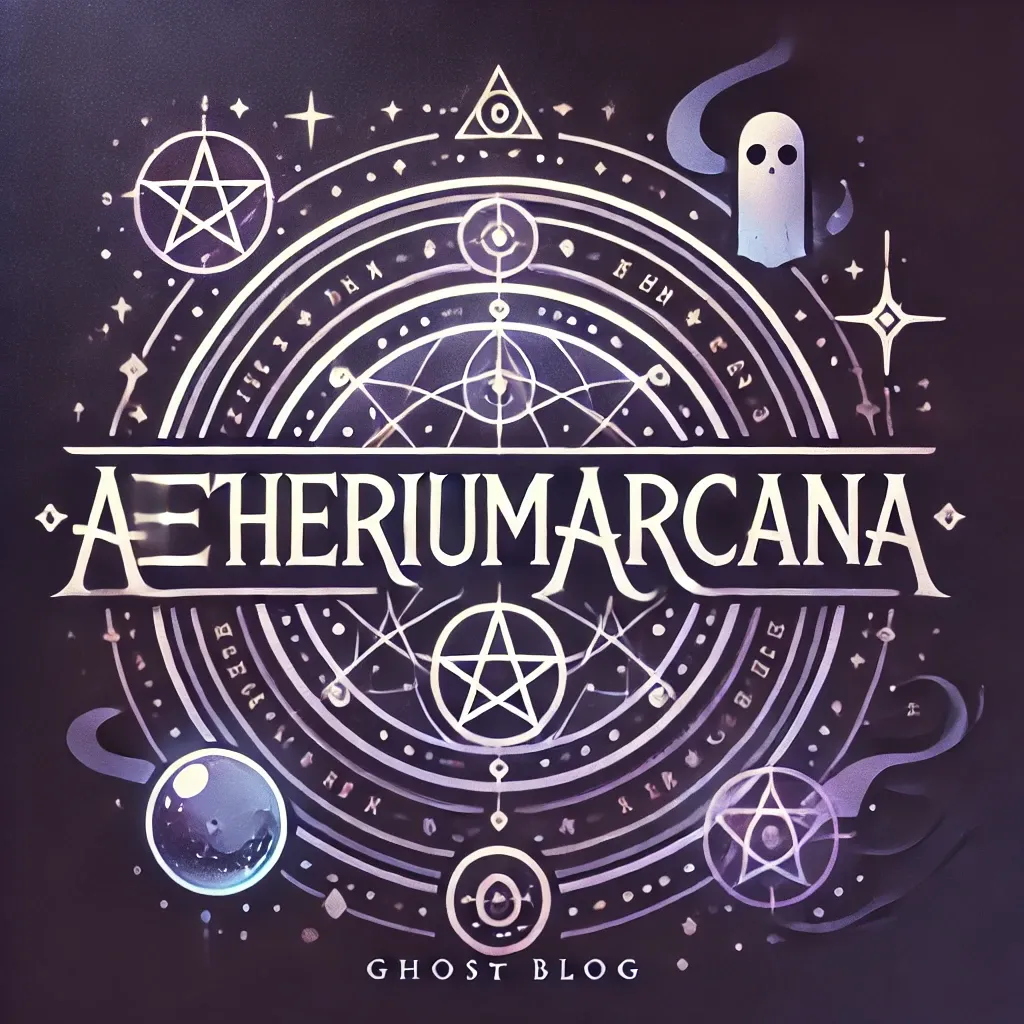The codex as a context for political, theological, epistemological, and ontological conflict. The article traces historical and fictional instances where books were feared, forbidden, or weaponized, and asks what this says about the relationship between knowledge and power.
Subscribe to continue →The Codex as Weapon

